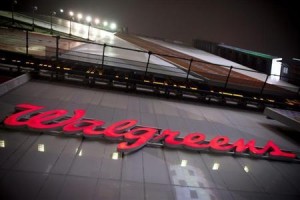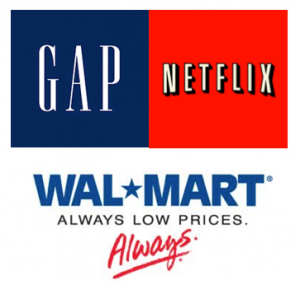In March of this year, Walgreens and AmerisourceBergen announced a partnership to take over part of Walgreens prescription drug distribution. This partnership will give both companies a leverage in size and help them better compete in the already large industry. President Obama’s Affordable Care Act will extend health care coverage to a lot of people who previously did not have it. For the pharmaceutical industry, this means a lot, and companies will be fighting to keep prices low. “To win, companies must capture enough new volume to offset the effect of pricing pressure on profit margins” (Cahill).
The news of this merger is very relevant to Operations Management, because of the changes it will mean for Walgreens supply chain. Previously, Walgreens had used Cardinal Health Inc. for some of their distribution needs, but not nearly to the extent of the new AmerisourceBergen partnership. However, the contract Walgreens had with Cardinal is up in August, and they will be using this opportunity to change how they run their distribution. For Cardinal, their stock price has already been falling.
In a quote from Crain’s Chicago Business, author Joe Cahill sums up what this means for Walgreens supply chain: ”Walgreen’s agreement to buy $28 billion worth of drugs annually from AmerisourceBergen will pump more volume through the wholesaler’s distribution network, boosting asset utilization and profitability. At the same time, wholesale costs should fall as the bulked-up middleman leans on suppliers.”
One of the main reasons for the merger, besides the cost-cutting, is their new-found access to specialty drugs. The company that has been known for their bulk prescriptions, is now able to sell drugs for, “cancer, rheumatoid arthritis and multiple sclerosis, which have higher profit margins but are also more expensive to keep on hand” (Humer and Wohl). Previously, Walgreens was not able to supply all of these drugs because their delivery trucks came from Cardinal only once a week. Now Walgreeens will be receiving daily deliveries from AmerisourceBergen (Japsen).
This partnership does not only mean new things for Walgreens, but AmerisourceBergen as well. This contract will be worth $400 billion over the ten years that it is in effect. It is becoming increasingly more difficult for small companies to compete in this economy for this type of industry. This partnership really allows Amerisource Bergen to focus their efforts on, “generic and branded prescription drugs around the world” (Japsen). Being able to concentrate their efforts in specific areas, allows AmerisourceBergen for further cost-cutting
Thoughts for discussion:
Do you think rival CVS/Caremark will begin to change or rethink their distribution after this news?
What does this mean for other pharmaceutical companies? Are the industry giants, the only real players now?
Will other companies take note of Walgreens change in supply change?
http://www.reuters.com/article/2013/03/20/us-amerisourcebergen-walgreens-idUSBRE92I0EP20130320

